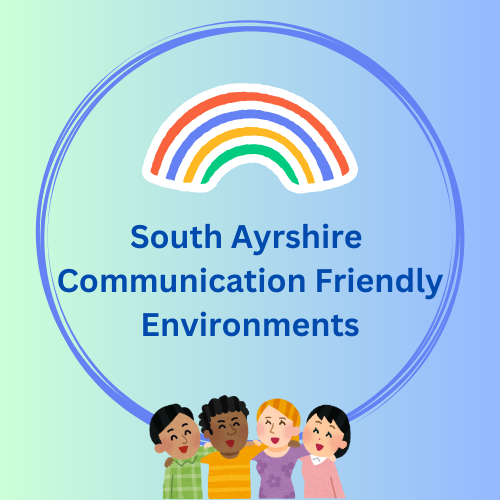
A Communication Friendly Environment is a space that is designed to promote and support communication for everyone who uses it.
Creating a communication friendly environment is a term used to describe key features of the environment, and the way people interact within that space, so that everybody can feel included.
Resources
- Communication friendly checklist
- Speech, language and communication framework
- I Can – Information about speech, language and communication needs

